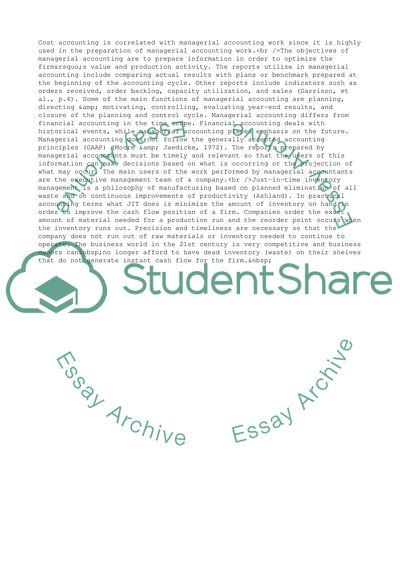Cite this document
(Management Accounting Assignment Example | Topics and Well Written Essays - 1000 words, n.d.)
Management Accounting Assignment Example | Topics and Well Written Essays - 1000 words. https://studentshare.org/management/1547328-accounting-1
Management Accounting Assignment Example | Topics and Well Written Essays - 1000 words. https://studentshare.org/management/1547328-accounting-1
(Management Accounting Assignment Example | Topics and Well Written Essays - 1000 Words)
Management Accounting Assignment Example | Topics and Well Written Essays - 1000 Words. https://studentshare.org/management/1547328-accounting-1.
Management Accounting Assignment Example | Topics and Well Written Essays - 1000 Words. https://studentshare.org/management/1547328-accounting-1.
“Management Accounting Assignment Example | Topics and Well Written Essays - 1000 Words”. https://studentshare.org/management/1547328-accounting-1.


